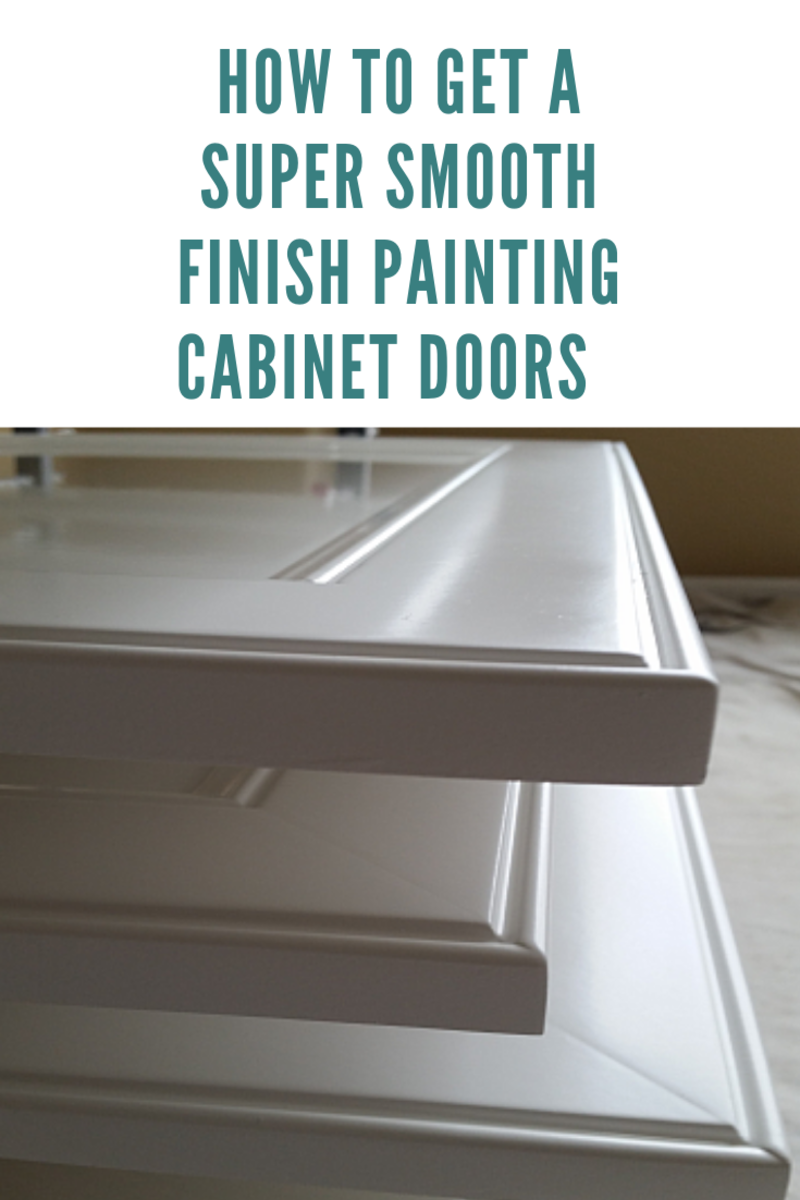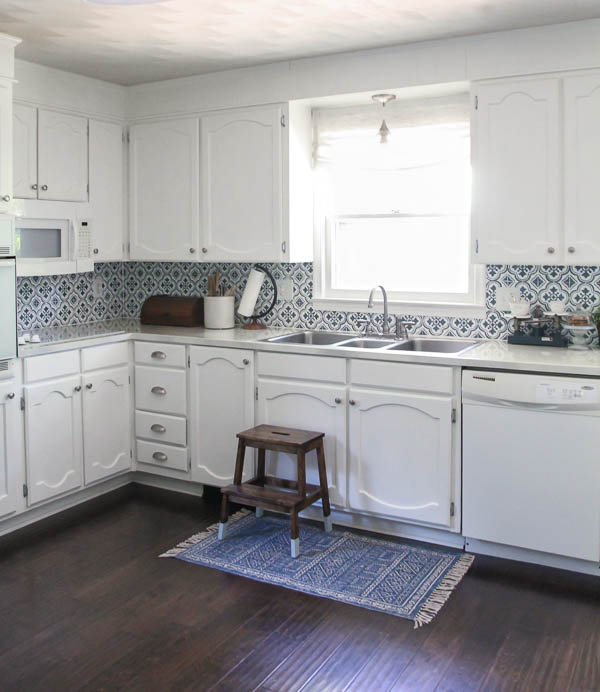
If you have a pneumatic air compressor, usage high-pressure air to blow the dust out of crevices or molding details. Clean down the areas to be painted with a tack fabric to get any remaining sanding residue. Use an even coat of primer-sealer to all surfaces to guarantee a well-bonded finish coat.

Another advantage to a primer-sealer is that it supplies a great base for semigloss, water-based paint. High-gloss enamel paint was once the preferred surface for cooking area cabinets since it resists discolorations and water and is easily cleaned, but today's water-based surfaces are simpler to work with and supply an equally durable finish (Cabinet Painting 28202).
This permits you to work rapidly in the less important locations, and enables you to see and correct any drips or spots on the most noticeable areas - Cabinet Painting 28208. Next, paint the cabinet doors and drawer fronts, along with any different wood pieces or moldings. If these parts have raised or routed functions, be sure to stream the paint into crevices and corners, but don't enable it to collect in these areas.
Thin coats leave fewer visible brushstrokes and dry quicker. Don't lay the finish on thickly and do not exhaust the brush a lot of brush strokes will develop air bubbles in the finish, leaving bumps and pits when it dries - Cabinet Painters. Permit the paint to dry for at least four hours between coats.
2 coats of quality paint are typically sufficient, but you might want to include a 3rd coat because kitchen area cabinets take great deals of punishment from cooking heat and day-to-day use, and wood surfaces need all the defense they can get.
Excitement About Brush Strokes Cabinet Painters 28206 In My Kitchen Cabinets - Houzz
Wish to speed up the job? Select a fast-drying primer for the first coat. Read the label for details on recoating time and to make certain the primer works with the paint you're preparing to utilize (Cabinet Painting 28212). Pro Suggestion: Use an enamel underbody primer. Water-based paint has come a long method, and some high-grade acrylic alkyd hybrids competing oil-based paint.
Oil-based paint dries slowly and levels well. This offers you more working time and fewer brush marks. Likewise, when they're dry, oil-based primers like Benjamin Moore Clean Slate Enamel Underbody sand easily to supply an ideal base for your finish coat. Cabinet Painters Charlotte NC.
3 out of 5 Moderate Though it's just paint, getting the brushwork right takes time and perseverance. Drill/driver Paint scraper Putty knife Store vacuum with drywall-dust filter Random orbit sander Nylon-Polyester chisel-tip Paint brush - 2 1/2- Inch Safety safety glasses respirator fitted with natural vapor containers Chemical-resistant gloves If your cooking area cabinets are strong however dated and dark, a fresh coat of paint can go a long way toward changing the space without draining your bank account - Cabinet Painting Contractors 28269.
" You do not require to spray to get a smooth surface," states painting professional John Dee, who has actually dealt with a number of This Old House TELEVISION projects. He frequently brush-paints cabinets anyway because it provides him more control and prevents the danger of paint spray winding up where it's not wanted.
However the result is a durable, glass-smooth surface that's the equivalent of anything from a spray gun. "You simply need to use the very best products and make the effort to sand and do the brushwork right," Dee says. Keep reading for our pointers for painting cooking area cabinets. Prior to starting a kitchen paint task, empty the cabinets, clear off the counters, and get rid of freestanding devices.
How To: Prevent Brush Marks - The Craftsman Blog Can Be Fun For Everyone
/midsection-of-man-painting-window-sill-at-home-1161773402-0ccbdc45f25a435aa09eacb5d0bffb34.jpg)
Tape rosin paper over the counter tops and floor covering, and tape plastic sheeting over the backsplash, windows, repaired devices, and interior entrances (to secure the remainder of the home from dust and fumes). Mask off the wall around the cabinets. Lastly, established a worktable for painting doors, drawers, and racks.
" Old cabinets are covered with whatever from hand oils to oily smoke residue to scared gravy," states Dee. "You've got to get all that off or the paint won't stick." Back out the hinge screws from the cabinet frame and eliminate the doors. Working methodically from left to right, top to bottom, label each one with a numbered piece of tape.
Reserve the shelf-hanging hardware. At your worktable, get rid of the pulls and hinges and conserve what's being recycled. On the doors, move the number from the tape to the exposed wood under one hinge. Cover it with fresh tape. Open the windows for ventilation and put on safety gear. Scrub down all of the face frames, doors, drawer fronts, and shelving with an abrasive pad dipped in liquid deglosser.